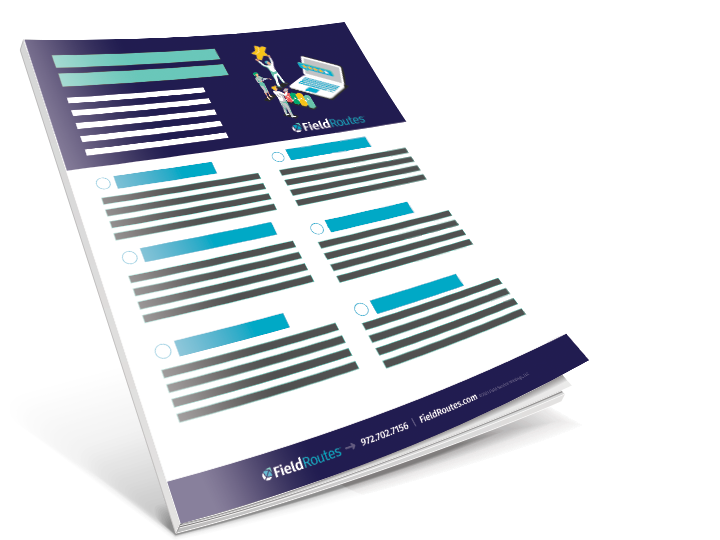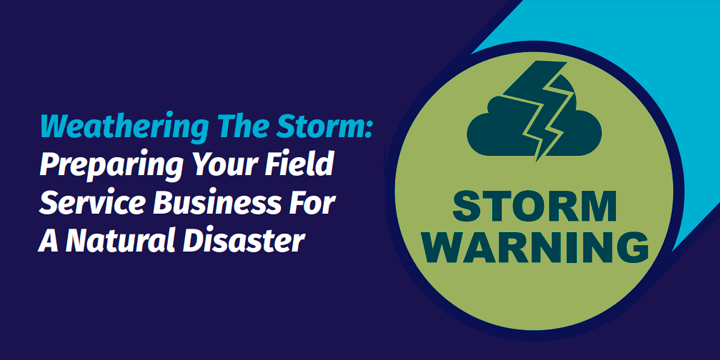Build A Better Budget Checklist

If the word “budget” is one that strikes fear and anxiety in you, it doesn’t have to be. Perhaps it’s time to re-frame the way you think about how your business looks at and spends money. When it comes to finances, ignorance is not bliss. Money affects so many areas of your field service business, from the ability to hire, to the ability to invest in new equipment, to even the morale of your whole organization. The truth is that building a better budget for your business may be the key to freedom and empowerment when it comes to knowing how much money you have and how to spend it strategically. Use this Checklist as a guide for how to build a better budget.
Know Your Income
If you don’t know how much money you have, it’s pretty difficult to put together a budget. Begin by making a list of all of your income streams. Within each of those streams, calculate your revenue, the money coming into your business before expenses are deducted. Take note that revenue is different than profit, what is left after expenses are paid. After tracking your income over several months, you will notice that it likely isn’t the same every month. This is the beginning of seeing trends in your finances.
Count The Costs
There are three major cost categories when it comes to your field service business. The first is fixed costs. These include things that don’t change from month to month, such as rent, payroll, taxes, insurance, etc. Variable expenses are the ones that can vary based on how much you utilize them. An example of this would be your utilities. The third is a type of variable expense called discretionary expenses. These are expenses that you can adjust up or down depending on whether you have enough financial means in a month to cover them.
Create A Margin
One of the most dangerous things you can do as a business owner is to allow your business to teeter on the very edge. You can avoid this by creating a margin. Instead of feeling powerless and watching your business funds fall to zero, have a contingency fund for when unexpected costs arrive. This allows you to maintain control without fear of going into unplanned debt.
Do Your Basic Math
One of the things that often frightens people about putting together a budget is dealing with the numbers. In actuality, you’re merely doing addition and subtraction in a profit and loss (P&L) statement. Add all of your income for a month, followed by adding together all of the expenses. Subtract the expenses from your income, and the number you are left with tells you whether your business is making a profit. Of course, you want to be on the profit side, but regardless of where the number falls, it is data to inform your next steps.
Knowledge Is Power
Now that you have your data from the past, you’re equipped with the necessary knowledge to build an informed budget for the future. Use your P&L as your guide by looking for trends within your business and industry as a whole. How does your money flow change based on the seasons? How have certain decisions historically affected your income? The answers to these questions and others found on your P&L will aid you in knowledge-based decision making that will benefit your field service business far into the future.
Start building your better budget now so you can focus on your strategic growth. It is one of the best and most far-reaching steps you can take for your business.





